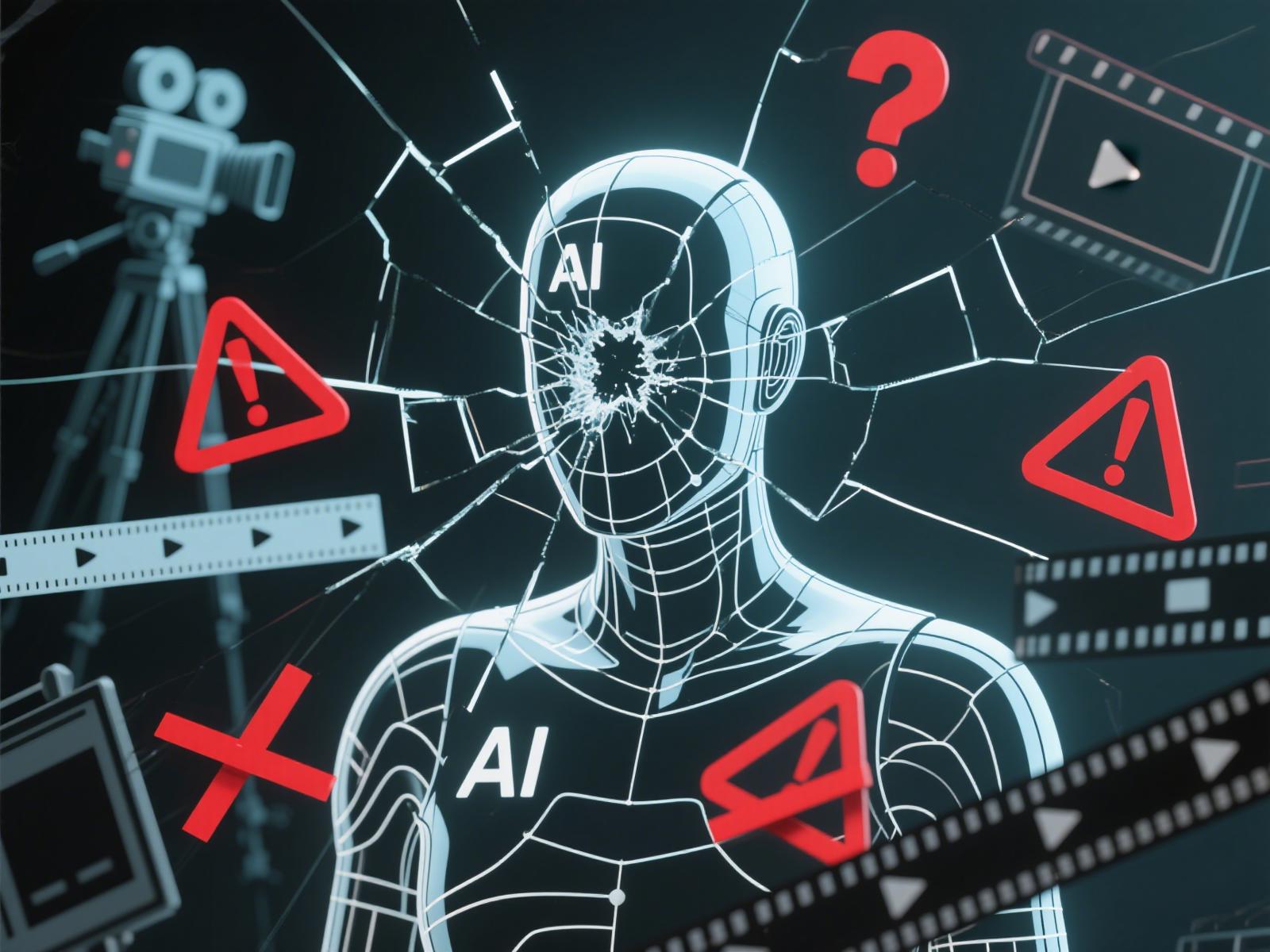The Limitations and Possibilities of AI Video Creation
With breakthroughs in image, text, and speech generation, artificial intelligence has profoundly reshaped the way content is created. As AI video tools like Runway, Pika, Kling, and Veo2 continue to evolve rapidly, 'AI-generated video' is emerging as the next major wave of creative disruption. Despite its immense potential, this technology remains in its early stages and faces several real-world limitations and creative challenges. Over the past three months, I have used various video models such as Runway, Kling, Vidu, and Minimax. Through this experience, I've gained many insights. This article will briefly explore the current limitations of AI video creation and its future possibilities.
I. Current Limitations
1. Consistency Issues
Most AI video models still lack temporal consistency between frames. Facial features, body movements, and background elements frequently flicker, distort, or reshape. While the latest models can maintain character consistency with reference images, limb distortions remain common in more complex action scenes.
2. Lack of Physical Logic
AI-generated actions often defy real-world physics—characters may float, clothing may move unrealistically, or scenes may break spatial continuity. While this can be masked in simple scenes with single characters or objects, the flaws become magnified in larger, multi-character or multi-object environments.
3. Narrative Structure and Rhythm Are Hard to Control
AI can generate visually appealing clips, but it still struggles to create coherent narratives with a clear structure. Currently, the most effective way to build narrative structure is to use image-generation models like Flux or MidJourney to create keyframes, then manually stitch them into a sequence using image-to-video pipelines.
4. Limited Precision in Content Control
Although techniques like ControlNet and Motion LoRA offer some control, they are far from allowing precise manipulation of motion paths, character positioning, eye direction, or dialogue synchronization—features that traditional animation or live-action filming can achieve with accuracy.
5. High Computational Cost
High-quality AI video generation requires multiple A100 or H100 GPUs, with long inference times and high energy consumption. A scalable, real-time, interactive generation model has yet to emerge.
II. Future Possibilities
1. Multimodal Integration
As AI capabilities in text (GPT), image (SD), speech (TTS), and music (Suno) converge, we may soon see fully automated pipelines that take a script and generate a complete film with screenplay, storyboard, voice-over, and background music.
2. Breakthroughs in Temporal Consistency
Models like Sora and Gen-4 are already introducing techniques like optical flow, video contrastive learning, and multi-frame modeling. These advances promise to solve facial flickering and motion discontinuity, moving toward more realistic and continuous animation.
3. Interactive Video Generation
Once controllability and consistency improve, AI videos could evolve from static content into dynamic experiences integrated into games, metaverses, and virtual human interactions.
4. A New 'Low-Cost Filmmaking' Paradigm
AI will empower small-scale creators in fields like short films, social media, advertising, and music videos. Traditional pipelines like 'shooting–editing–postproduction' may be replaced with 'prompting–generation–fine-tuning'.
5. Deep Human-AI Collaboration
The most powerful AI videos won’t be fully autonomous, but the product of hybrid workflows—AI generates base material, while human creators refine emotional tone, pacing, and artistic style. This synergy will define the next creative paradigm.
Conclusion: Imperfect but Unignorable
AI video generation is not yet capable of replacing traditional filmmaking, but its potential to liberate creative productivity is undeniable. For content creators, the key is to embrace the technology, understand its limits, and leverage it to expand the boundaries of imagination. AI may not take directors’ jobs—but it will definitely reshape how they work.


